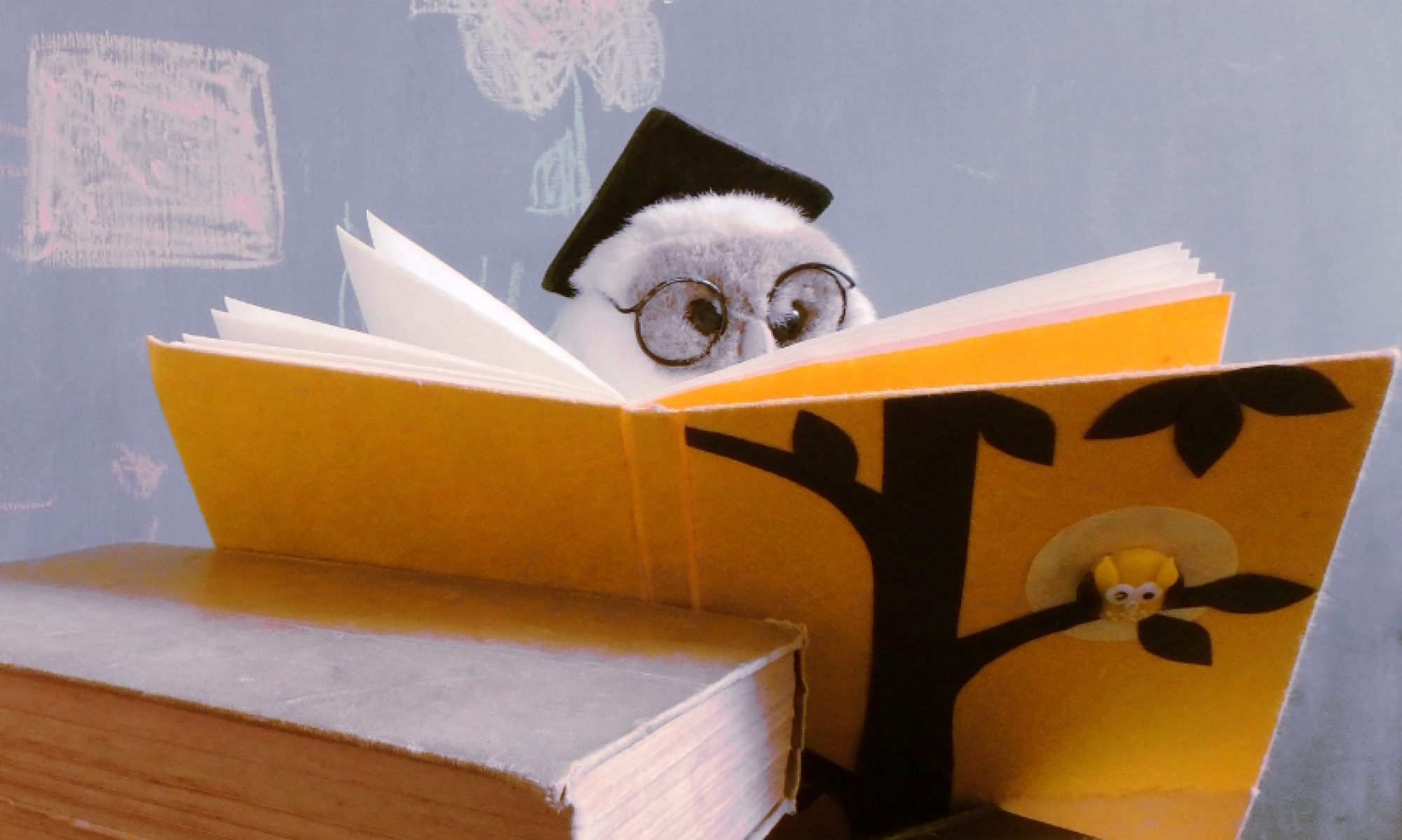Writing can be hard. Encouraging kids to write can some days feel like pulling teeth out with tweezers. But often in these situations, it’s good to remember that kids will do well if they can – and often the reason they can’t is that something is getting in the way of creating those awesome you-have-to-listen-to-this-mum stories that kids seem to always have bubbling away in their heads.

So what could be stopping them? Here are a few common problems:
Problem: It physically hurts to write, or they get tired easily.
This is common with Dysgraphic or Dyspraxic kids or kids with motor or coordination issues (like with Cerebral Palsy or Autism).
Solution: If this is the case, a slanted desk + pen grips can help. Slanted boards are actually easy to make with a few pieces of MDF or wood and a bit of wood glue.




Problem: They can’t plan their writing, or never start because it’s overwhelming.
This is really common for kids with executive functioning deficits, like with ADHD and Autism.
Solution: For this, consider breaking writing down into smaller pieces. This lets them focus first on characters, then ‘scenery’ or story arcs. This way, they can learn how to create the necessary ‘bits’ of a story. See for example, this review of the program Night Zookeeper.
Problem: They can’t see where to write, or struggle to put their letters in the spaces.
This is really common for Dysgraphic kids or kids with vision problems.
Solution: Using coloured paper can help, or ones with multiple lines per writing line. Most office supply stores will sell ‘triple line’ paper, but if that’s not enough sky/grass/dirt paper (three tones – blue/green/brown) can really help with learning where to put the letters.
Problem: They are bored or not interested.
If there are no underlying organisational or physical things getting in the way, sometimes kids are just bored! This can be a real problem for ADHD kids as if those dopamine levels aren’t up, it’s like dragging a team of horses backwards trying to get them to do writing.
Solution: Find writing activities around things they love. If that’s fairies and unicorns – create story ideas around unicorn fairies! Ask them what they are reading or watching. Ask them ‘what if’ questions on their favourite things. Consider story-boarding or comic book writing if they likes drawing etc.
Problem: They find it hard to understand written stories.
This could be a real issue for Dyslexic kids, who struggle with the written word.
Solution: Consider finding another way to ‘write’, like:
Structured YouTube Videos.
Use YouTube videos as a way of introducing how stories are structured. Get them to watch videos and ‘figure out’their structure (i.e. Where’s the Intro? Where’s the middle? How is the video ended?). Create a plan for a video, then create an intro and ending in advance. Also encourage them to structure at least three things to talk about in the video.
If you’re not sure what software to get this going, OBS Studio and Blender are great free tools to do YouTube videos.
(Blender can be hard to learn, but there are a lot of excellent tutorials and YouTube videos to help online). At our place, I created a cheat sheet for basic commands in both, so it’s easy for my kids get started.
Storyboarding and Animation
If they’re hooked on animation, storyboarding is an excellent way to create stories, and is essential for long animations. Most Pixar DVDs with special features will walk through how to do this (check out the extra features), and Khan Academy has a Pixar animation module.
Game Creation
Creating their own games engages many of the same skill sets as learning to write without being obviously about ‘writing’. Dungeons and Dragons (D&D) games, with either pre-built, mostly pre-built or complete from scratch adventures are a good way to break down the mechanics of good story-telling into nice bite-sized chunks. Most libraries will also have D&D manuals to borrow, making it reasonable cheap to get started. For younger kids, Little Wizards is a good game mechanic system, as it is very simplified and focuses on story-telling over game mechanics.




These are a few of the things we have found useful in encouraging my kids to start writing. And so far, it actually seems to be working! My son and daughter were so excited by the new ‘desk’ that I built (for my own writing), that I haven’t been able to use it yet, as they have both commandeered it for their own writing creations.
So, what things have worked for you and your kids?


